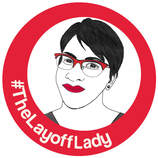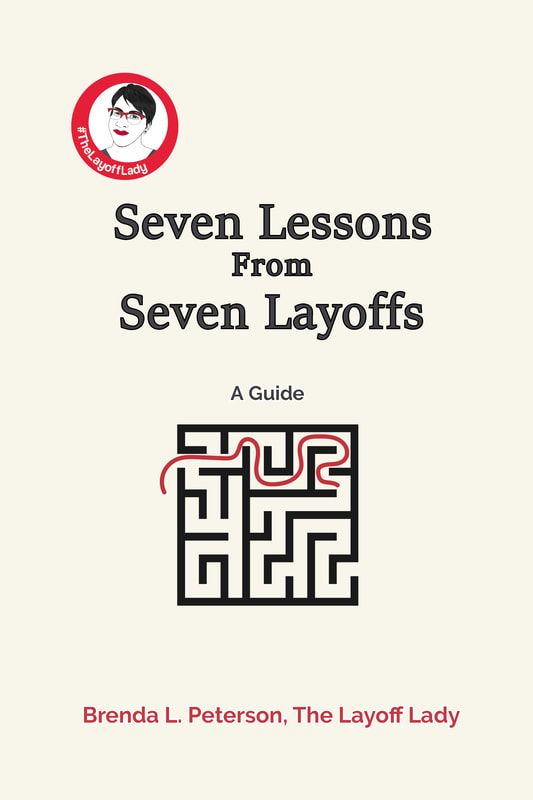|
By Brenda L. Peterson, The Layoff Lady Messaging With Your ConnectionsOne of the benefits of having connections on LinkedIn is that you can directly send them messages without having a paid subscription. However, this feature has also been used poorly on several occasions. Let's look at how to use LinkedIn messaging effectively to continue building professional relationships and provide some guidelines for how to use this feature well. The Value of Mutually Beneficial RelationshipsTo have a valuable professional newtork, make sure those relationships are mutually beneficial. Networking is about give and take. Make sure that you are adding value along the way. This includes sharing useful content, congratulating people on their accomplishments, and answering one-off questions when people ask for advice. In short, be a good LinkedIn neighbor. If you give more than you take, your LinkedIn connections will be more likely to help you when you need it. Messages That Add ValueWhen directly contacting your LinkedIn connections, make sure you are not overfocused on asking for favors. It is important to provide value first. Here are a few types of messages that give more than they take:
Make sure you are not THAT PERSON who only reaches out when they need a favor. Direct Asks For Help: Worst PracticesAsking for help is an art. First, you need to be willing to ask for help. Next, you need to craft your ask in a way that you have a higher likelihood of getting that help. Here are a few significant issues I’ve seen from people attempting to ask for job search help:
The Worst AsksHere are a three questions that may not get you much of a response:
Why are these not good asks? For one, these are big requests that require a lot of effort to do well. For example:
Direct Asks For Help: Better PracticesHere are a few better asks, but may only work with connections who you know very well and who you have helped in the past:
These requests are specific, which is better, but each is still a sizeable request. The first two may be time intensive. The next two involve your connection putting their reputation on the line to recommend you for a role. The final one requires a block of time on your connection's calendar. Depending on our interactions prior to these requests, their response may vary from “of course!” to no response at all. Again, remember to make sure your asks are aligned with how well you know one another. Direct Asks for Help: Best PracticesAsks are better when they are more specific and less time intensive. It’s also helpful if there is context. Here are a few asks that are more likely to get responses. The requests earlier in this list are more likely to get a response.
People Get To Say NoRemember, when you are asking for help, people will tell you no. More likely than telling you a direct no, they may just not respond. Ever. Keep in mind that job searching, like sales, means that you're going to hear a whole lot of no on the way to that one yes you need. When you need a specific thing, it's useful to ask multiple people for help to give you a better chance of getting a response. It's also not personal. We're each on LinkedIn using it to varying degrees and all trying to accomplish our own goals. Making sure that you are making the relationships mutually beneficial will make it much more likely that people will respond to you and want to lend you a hand when you need it. Learn More
2 Comments
4/12/2023 11:16:38 am
Very thorough and comprehensive article about Asking for Help. I would hope everyone looking for a job right now could learn from your excellent points! Good work, Brenda!
Reply
5/9/2023 03:10:27 pm
Nicely balanced suggestions, Brenda, and you cover a lot of options in your post!
Reply
Your comment will be posted after it is approved.
Leave a Reply. |

Just get laid off?
Click here for info on what to do first. Author7-time layoff survivor Brenda L. Peterson, The Layoff Lady, waxes poetic on layoffs, job transitions, & career resilience. Buy The Book!Were you recently laid off from your job and need a roadmap for what's next? Pick up a copy of my book, Seven Lessons From Seven Layoffs: A Guide!
Categories
All
Archives
July 2024
|




